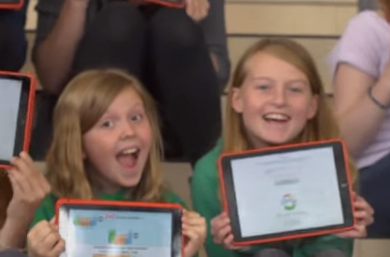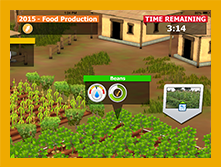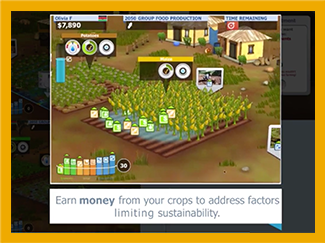 Welcome Students!
Welcome Students!
How the self-guided program works
It’s easy! Follow the handouts, watch some videos and play some games! Plus, a Journey 2050 Program Coordinator is available to help you along the way!
Steps:
1. Your teacher, parent or guardian needs to register here. Students do not register for this program. You simply get to jump to Part 2: Lessons
2. Make sure your device can play the game
a. Click here for options to play the game
3. Select the lesson and follow the self-guided handout.
4. Once you finish the program, get involved in helping to feed the world!!
Questions? Contact Us
 Sneak Peak Preview
Sneak Peak Preview
Choose a Lesson Level below

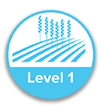
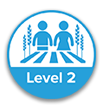

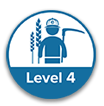


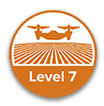

EDUCATORS:

Step 1: Educators must register for the program to access all the materials. Students DO NOT register.
Step 2: Read this document to learn more about delivering the self-guided experience.
STUDENTS:
Follow the instructions provided by your teacher or begin with the self-guided handout to take you through each lesson.
Helpful Links:
– Lesson Video Guide Playlist – hear a teacher deliver each lesson (individual videos are linked below)
LESSON 1
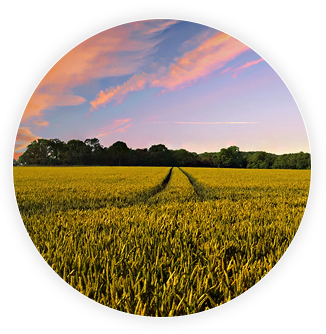
Sustainable Agriculture
You will be introduced to the concept of agricultural sustainability and begin exploring the core question, “How will we sustainably feed nearly 10 billion people by the year 2050?”

Self-Guided Handout Download |

Video (4 mins) View |

Game Level 1 (3 mins) Play |

Lesson Video Guide |
Optional Activities:
– Handout 1 (print): World Population Download
LESSON 2
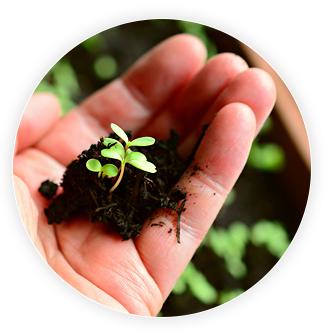
Soil Nutrients
You will identify primary soil nutrients and explore methods of maintaining soil health to produce healthy and abundant crops.

Self-Guided Handout Download |

Video (5 mins) View |
 Game Level 2 (15 mins) Play |

Lesson Video Guide |
Optional Activities
– Handout 2-4 (print): Terminology Download
– Handout 5 (print): Pests and Diseases Download
– 4R Nutrient Management Poster Download
LESSON 3
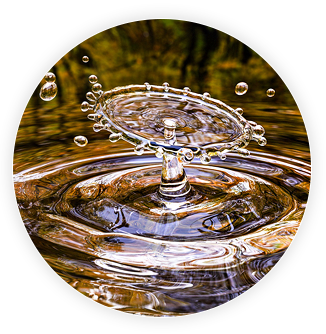
Water
Water is a necessary but limited natural resource. Discover methods of conservation to improve sustainability.

Self-Guided Handout Download |

Video (5 mins) View |

Game Level 3 (15 mins) Play |

Lesson Video Guide |
Optional Activities
– Maintaining Water Quality: Urban Download
– What Is a Watershed? View
– Why Should You Care About Our Watersheds? View
LESSON 4
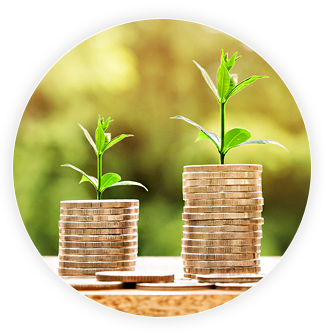
Economies
Discover how economics and agricultural sustainability impact one another on a local and global scale.

Self-Guided Handout Download |

Video (4.47 mins) View |

Game Level 4 (18 mins) Play |

Lesson Video Guide |
Optional Activities
– Ripple Effect Chart Download
LESSON 5

Land Use
Recognize that arable land (suitable for growing crops) is a limited resource and discover best management practices for land use.

Self-Guided Handout Download |

Video (4.41 mins) View |
 Game Level 5 (10 mins) Play |
 Lesson Video Guide |
Optional Activities
– Land-use Map Download
– Country Comparison Map Download
– Where in the World Geography game Play
– Where in the World video (5 mins) View
LESSON 6

Careers
Discover careers related to agriculture and explore their connection to building a sustainable future.

Self-Guided Handout Download |
 Game Level 6 (10 mins) Play |

Lesson Video Guide |
LESSON 7
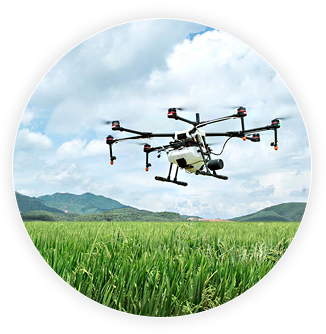
Technology and Innovation
Explore new technologies that will impact the future of farming and agricultural sustainability.
 Self-Guided Handout Download |
 Video (4:57 mins) View |
 Lesson Video Guide |
 Technology & Innovation (print) – Find Someone Who Activity Download |
 Student Handout (print) – Technology & Innovation Download |
Take Action
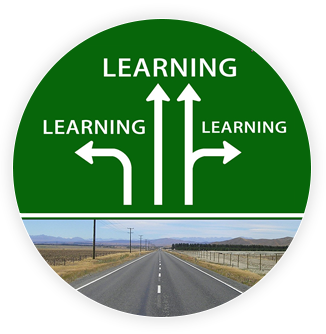 YOU can make positive changes in your home, school, community, country and world. Identify one concern, one realistic solution and what is needed to make it happen.
YOU can make positive changes in your home, school, community, country and world. Identify one concern, one realistic solution and what is needed to make it happen.
 Handout (print) Download |
 PPT Presentation Download |
 Farmers 2050
Farmers 2050
If you enjoyed the Journey 2050 Sustainability Farming Game, download Farmers 2050! This game builds on the concepts introduced in the Journey 2050 program and adds real-life complexity. Farmers 2050 is FREE to play. There are no advertisements or in-app purchases. Learn more at www.Farmers2050.com
A special THANK YOU to National Agriculture in the Classroom and National Center for Agriculture Literacy for creating the handouts and lesson videos for this self-guided experience.


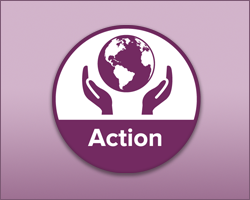
Take Action
YOU can make positive changes in your home, school, community, country and world. Identify one concern, one realistic solution and what is needed to make it happen.
 Join Others
Join Others
Here are some great programs:
- Celebrate National Ag Day or Canada’s Agriculture Day – March in USA, February in Canada – to recognize the abundance provided by agriculture.
- Canada’s Agriculture in the Classroom, America’s Agriculture in the Classroom, and Future Farmer’s of America all offer education programs and volunteer opportunities. Get a hold of them and see what you can do to help.
- Caring for our Watersheds – environmental program for students to take action and improve their watershed. Funding and mentorship available in contest locations.
- Earth Day April 22nd – How about Earth Year! Play some fun games to learn about your environmental footprint.
- Have you ever tried a 30 Hour Famine? Learn about hunger, raise funds to help the hungry, and then go hungry yourselves for 30 hours. Do this in a group to ensure you are healthy and safe during the experience.
- World Food Day – October – help students increase awareness of world hunger and poverty and to inspire solutions for world change.
- Earth Day Network – a billion acts of green. Take action in many different ways in the school and at home
- Global Footprint Network – How much land does it take to support your lifestyle? This cool avatoar
- Alberta Tomorrow Land-use Simulation – regardless of what state or province you live in, this simulation will show students the impact humans have had on the environment and the choices we have to make for a sustainable future.
- Seed Survivor – teaching elementary students where their food comes from and how to grow healthy plants
- Growing the Next Generation – education portal for agricultural and environmental stewardship programs
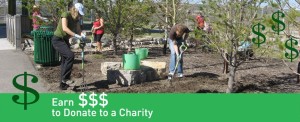 Fund-raise for a local charity in need that helps your community. Some classrooms in Journey 2050 are even eligible for a donation credit, which is sponsored by Nutrien. Click here to learn more!
Fund-raise for a local charity in need that helps your community. Some classrooms in Journey 2050 are even eligible for a donation credit, which is sponsored by Nutrien. Click here to learn more!
What have kids learned from the program?
– Grade 7 Student
– Grade 7 Student
Hey Students, tell us what you think! Send us an email
Contact Us
Deaths this year:



